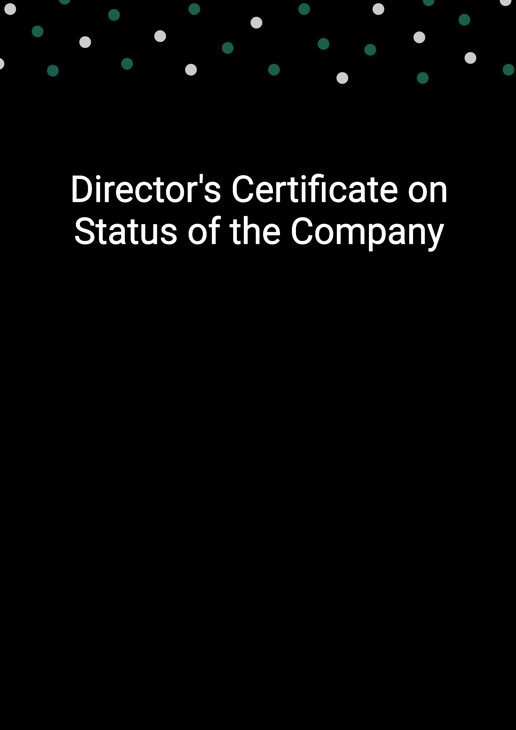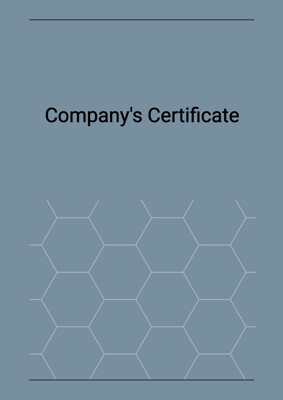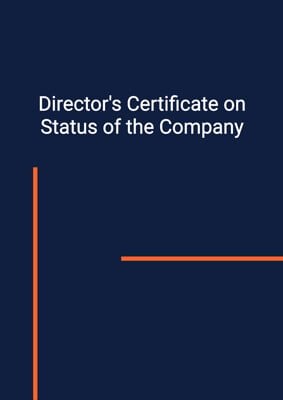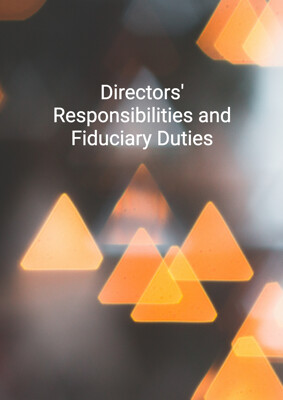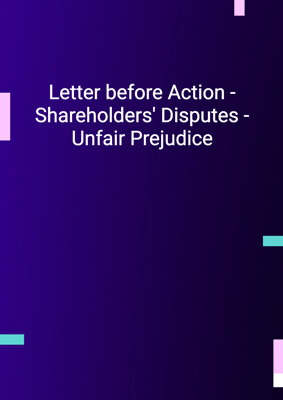How to Tailor the Document for Your Need?
01
Create Document
Click "Create Document" button and the document will be prepared with your account details automatically filled in.
02
Fill Information
Please fill in any additional information by following the step-by-step guide on the left hand side of the preview document and click the "Next" button.
03
Get Document
When you are done, click the "Get Document" button and you can download the document in Word or PDF format.
04
Review Document
Please review the document carefully and make any final modifications to ensure that the details are correct before publication / distribution.
Document Preview
Document Description
The 'Director's Certificate on Status of the Company' is a document that provides a detailed confirmation of the current status of a company. This certificate is usually issued by a director of the company and holds significant importance in various business transactions and legal matters.
The entire document consists of a title, content, and a name of the director. The title clearly states the purpose of the document, which is to certify the status of the company. The content of the document is divided into three sections, each addressing specific aspects of the company's status.
In the first section, the director confirms that the company has not acquired any landed property and does not have any rights to acquire such property or investments. This information is crucial as it ensures transparency and clarity regarding the company's assets and potential liabilities.
The second section states that the company was incorporated on a specific date but has not yet commenced business. This information is essential for potential business partners, investors, or stakeholders who need to know the company's operational status.
The third section confirms that the company does not have any audited accounts as of the date of this certificate. This indicates that the company's financial records have not been reviewed and verified by an external auditor. This information is significant for financial analysis, investment decisions, and compliance purposes.
Overall, the 'Director's Certificate on Status of the Company' is a crucial document that provides a comprehensive overview of the company's current status, including its property holdings, business operations, and financial accounts. It serves as a reliable source of information for various stakeholders and plays a vital role in legal and business transactions.
How to use this document?
To effectively use the 'Director's Certificate on Status of the Company' document, follow these steps:
1. Understand the purpose: Familiarize yourself with the purpose of the certificate, which is to certify the current status of the company. This document is often required in legal and business transactions.
2. Identify the sections: The document consists of three sections. Pay attention to each section, as they address different aspects of the company's status, including property holdings, business operations, and financial accounts.
3. Gather accurate information: Ensure that the information provided in the certificate is accurate and up-to-date. As a director, you are responsible for providing correct and reliable information about the company's status.
4. Include necessary details: Fill in the required details, such as the company's name, registration number, and the current date. These details help in identifying the specific company and provide a reference point for the certificate.
5. Sign and authorize: As a director, sign the certificate to indicate your authorization and responsibility for the information provided. Your signature adds credibility to the document.
6. Share as required: Share the certificate with relevant parties involved in legal or business transactions. This may include potential business partners, investors, or stakeholders who require confirmation of the company's status.
7. Keep a copy: Maintain a copy of the certificate for your records. It serves as a valuable document for future reference and may be required in audits, compliance checks, or legal proceedings.
By following these steps, you can effectively utilize the 'Director's Certificate on Status of the Company' document in various business and legal contexts.
Not the right document?
Don’t worry, we have thousands of documents for you to choose from:
